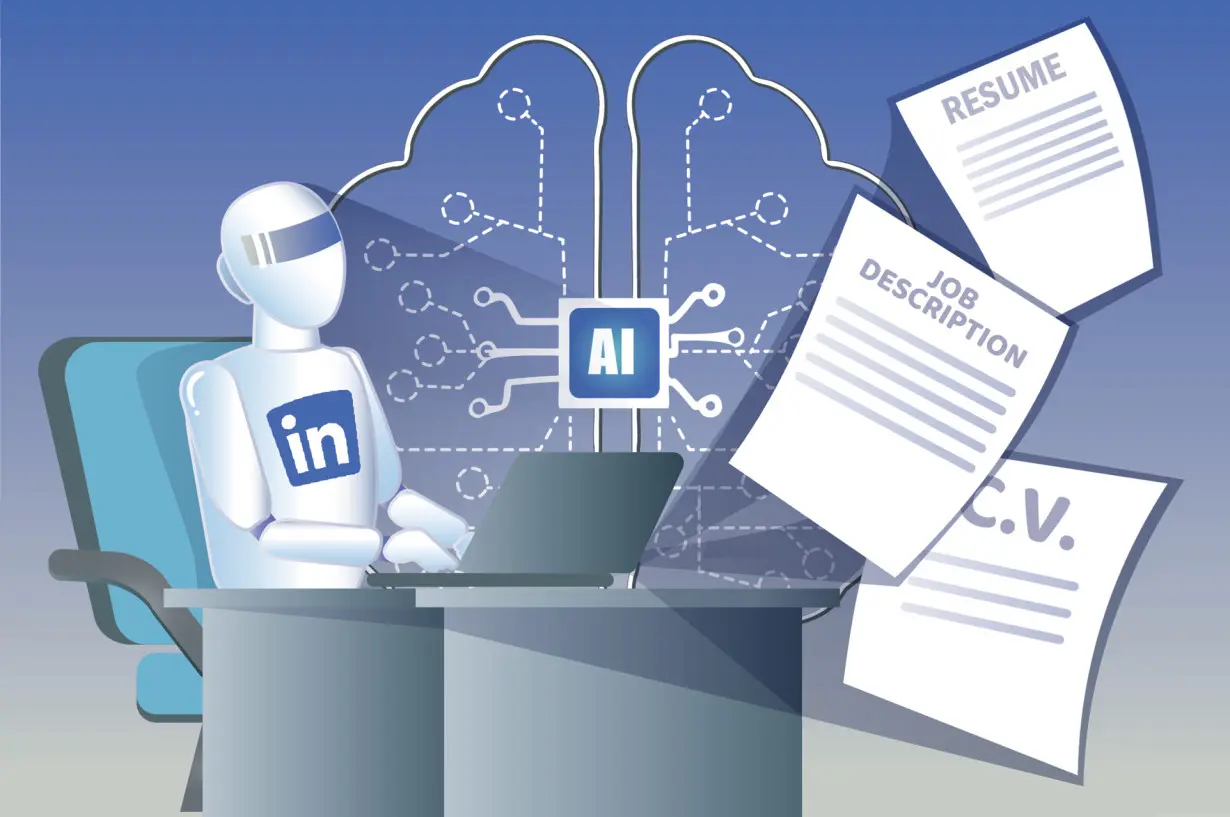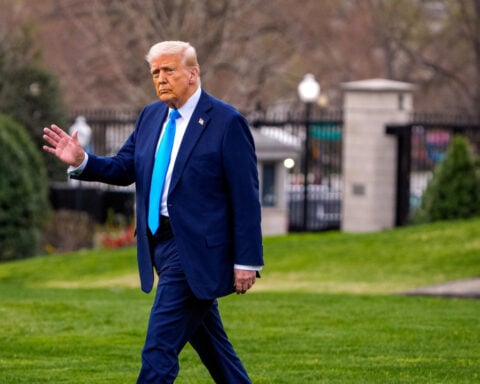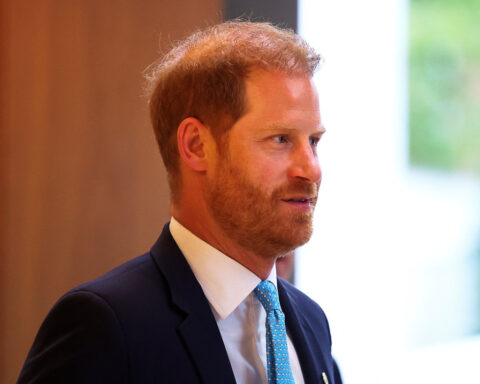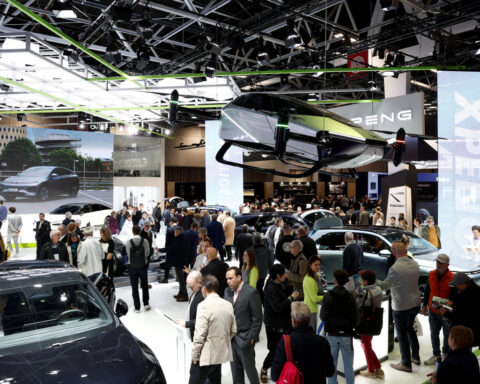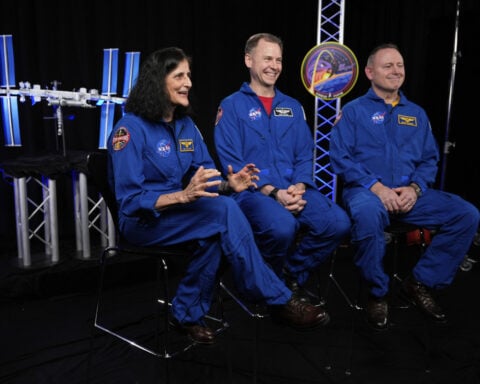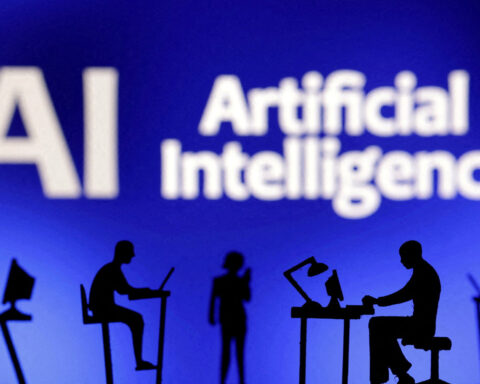Like many other technology companies, LinkedIn is all in on generative AI, the artificial intelligence systems that can create text, images and other media in response to queries.
The professional networking platform last month rolled out new AI features to help users search for jobs, tailor their resumes and create personalized cover letters from scratch.
Consumer-facing brands have shown more interest in LinkedIn, according to a May report by Emarketer, The market research firm credited the increased attention to new advertising formats and changes in user behavior on the Microsoft-owned platform.
The Associated Press recently spoke with LinkedIn Chief Product Officer Tomer Cohen about generative AI, the job market, brand marketing and TikTok creators. The conversation has been edited for length and clarity.
Q: The job market has been strong even though there are other economic challenges, such as high interest rates. What are you seeing on the platform in terms of hiring and recruitment?
A: We’re seeing a very competitive job market and a lot more applications coming from people year-over-year. It differs slightly between industries. But you see the demand for talent right now with AI. We’re seeing an increase in people looking at AI-specific roles, and companies investing in it.
At the same time, we’re seeing about 50% of people wanting to change roles this year. So the inclination to look for new roles is still there and still strong.
Q: Is it mostly tech companies looking for employees with AI skills, or is it other sectors as well?
A: We’re seeing it across multiple industries, everything from tech to finance and fashion. As a whole, AI presents a profound shift in how we work and bring things to market.
But we’re also seeing a gap right now in AI proficiency. When we talk to leaders, 80% of them – across industries – say they know it’s really important for them to adopt AI in their companies. But most of them don’t know how to do it. They lack the confidence, and the skill set, to actually bring it to the fold.
As a result, you’re seeing people across all seniority levels really working hard to learn AI skills, and they are coming to LinkedIn to do that. We’re seeing a 160% increase in professionals learning these skills – and showcasing it on their profile.
Q: A lot of companies are launching AI initiatives. How much of it do you think is going to move the needle?
A: It's clear for everybody that AI presents a very big, profound shift. So it’s really about focusing on what customer or member value it can produce. For example, the idea that AI can start really focusing on tedious tasks that you do throughout the day and help you focus on what matters the most is 100% real.
We basically relaunched our recruiter tool and are powering our direct-messaging features right now with AI to help recruiters write their messages. And we’re seeing a 40% increase in messages accepted. If you’re a recruiter, this is a game changer for you in how you do your job.
In November, we launched a job seeker experience, just helping users understand their fit to a specific role. We saw great retention for that, and now we are launching an enhancement that can help people look across many jobs, not just one. We’re going to help you actually build a resume for those specific jobs when you apply and a cover letter. So we see that it's helping people progress, and it’s amazing. And we see business results from it, both for our customers but also us as a company.
Q: LinkedIn also facilitates a lot of B2B, or business-to-business, marketing. Is the company putting more investment into helping brands directly market to customers?
A: B2B marketing works really well on LinkedIn. Because when you think, usually you’re trying to reach multiple decision-makers. It’s more complex in terms of how you reach out to those members. It requires multiple touch points. And the sale can take everything from weeks to months, and sometimes years.
When it comes to B2C (business-to-customer) sales, there are marketing campaigns that mimic B2B. You can be very successful on LinkedIn with B2B campaigns - but also B2C campaigns - when what you’re trying to promote and what you’re trying to sell requires a lot of consideration.
Q: The tone on LinkedIn has shifted in the past few years. Users are posting more personal things like being fired from a job or struggling with impostor syndrome. What do you think has led to that?
A: One of the growing trends we’re seeing on LinkedIn is people coming in to look for views and news that matter to their professional career. And that includes more aspects of your life. People think about the ability to be more authentic at work and share their authentic selves on LinkedIn. You can think about it like the ideal workplace, where you can be open. That’s been a growing theme for us – everything from knowledge sharing, looking for expertise and bringing one’s full professional self to LinkedIn. As a result, we’re seeing top voices on topics from AI technology to sustainability to well-being experts coming to the platform to share.
You’re seeing brands come to the platform and spend more time thinking about how they can cultivate and curate their audiences. And professionals finding the experts they want to learn from and having conversations with them. We're doing things to lean into it, like investing in video. We’re seeing a 45% increase in video creation on LinkedIn.
Q: TikTok could be banned in a few months due to the federal law that passed earlier this year. Is there anything LinkedIn is doing to recruit professional-oriented creators who are on that platform?
C: Top voices on TikTok, YouTube or Instagram’s Reels see the opportunity on LinkedIn naturally. They ultimately come in, see how it’s working for others, and they can see they can find their audience here. When you realize as a creator, you can find your audience on multiple platforms, it’s really a great opportunity for you to expand your reach, which is usually what creators are seeking.

 Trump has begun another trade war. Here's a timeline of how we got here
Trump has begun another trade war. Here's a timeline of how we got here
 Canada's leader laments lost friendship with US in town that sheltered stranded Americans after 9/11
Canada's leader laments lost friendship with US in town that sheltered stranded Americans after 9/11
 Chinese EV giant BYD's fourth-quarter profit leaps 73%
Chinese EV giant BYD's fourth-quarter profit leaps 73%
 You're an American in another land? Prepare to talk about the why and how of Trump 2.0
You're an American in another land? Prepare to talk about the why and how of Trump 2.0
 Chalk talk: Star power, top teams and No. 5 seeds headline the women's March Madness Sweet 16
Chalk talk: Star power, top teams and No. 5 seeds headline the women's March Madness Sweet 16
 Purdue returns to Sweet 16 with 76-62 win over McNeese in March Madness
Purdue returns to Sweet 16 with 76-62 win over McNeese in March Madness
